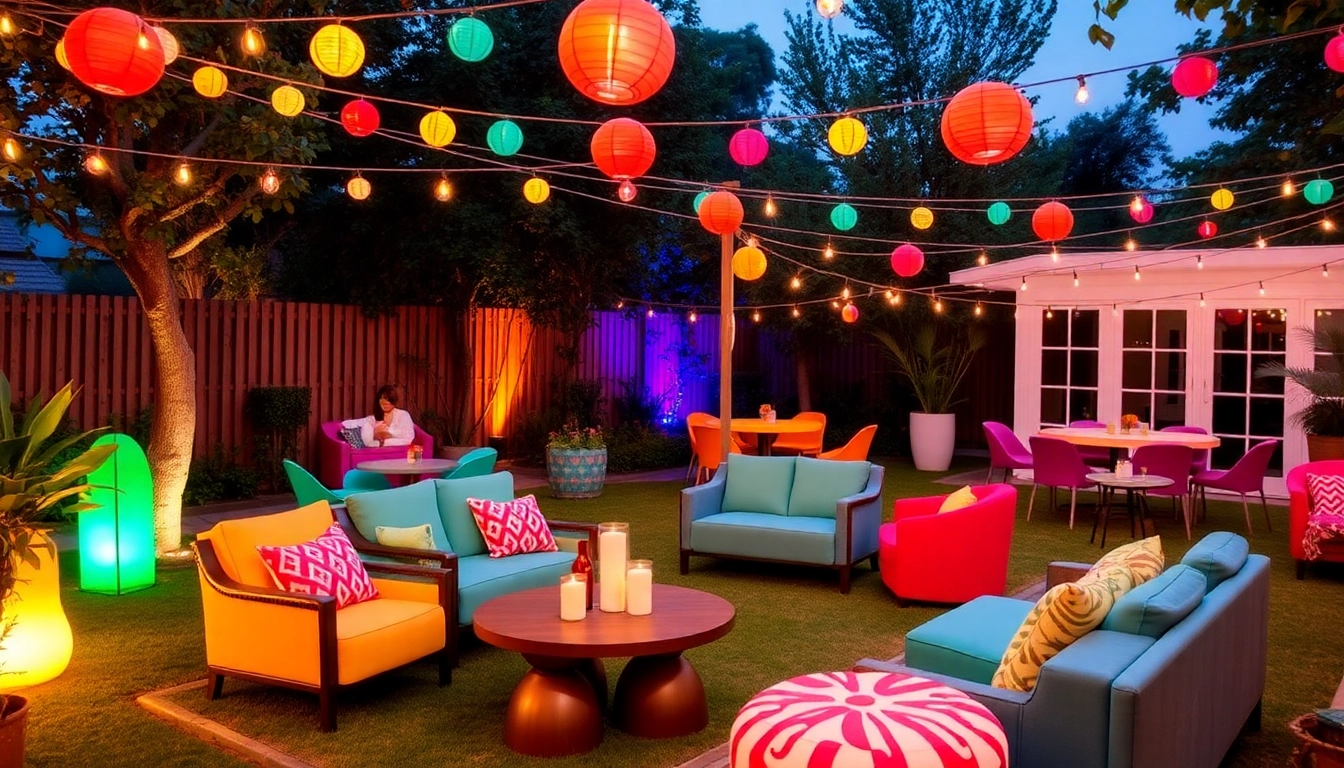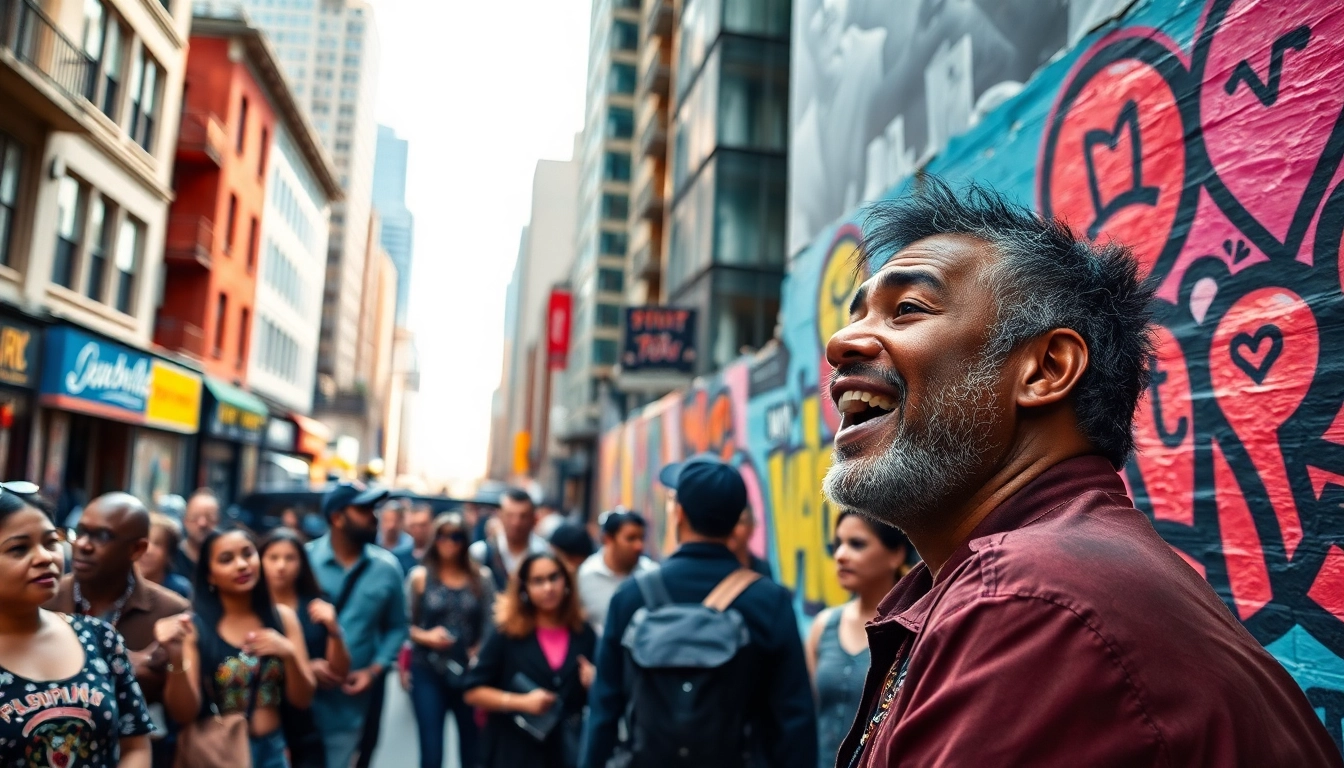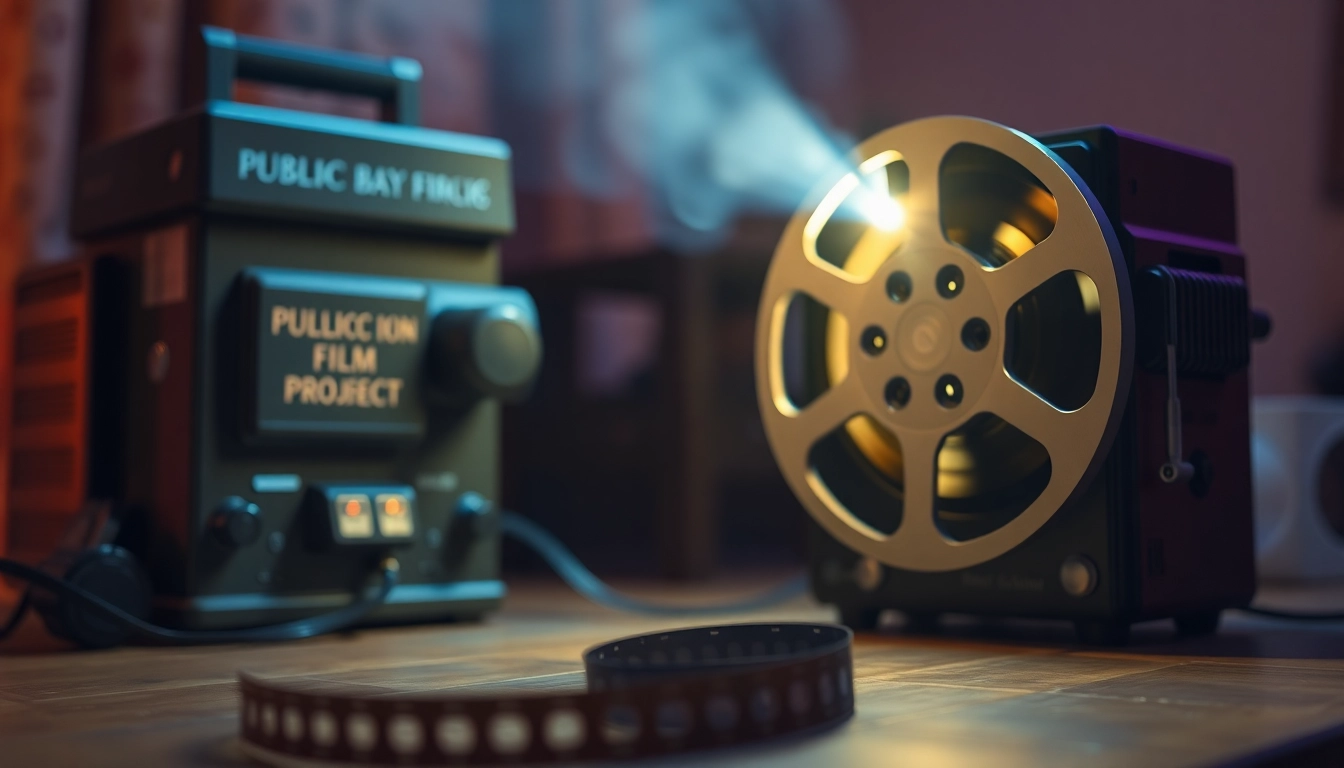The Evolution of Chicago Rap Lyrics
Chicago’s rap landscape has undergone tremendous evolution over the past few decades, reflecting the city’s complex cultural tapestry and socio-political issues. With a dynamic sound that melds diverse influences, Chicago rap has produced some of the most poignant and influential lyrics in hip-hop history. Whether it’s the gritty realism of drill music or the introspective verses that showcase the beauty and struggles of city life, Chicago rap lyrics provide invaluable insights into the experiences of its artists and their communities.
Historical Context of Chicago Rap
To fully appreciate the evolution of Chicago rap, it’s essential to look back at the historical context that shaped its development. The city has long been a melting pot of cultures, with its rich African American heritage contributing significantly to the musical landscape. The roots of Chicago rap can be traced to the late 1980s and early 1990s, a period marked by the rise of hip-hop in America. Early pioneers like Common, known for his thoughtful lyrics, and Twista, with his unique flow, laid the groundwork for future generations.
As the 1990s progressed, influences from neighboring genres began to seep into Chicago’s rap scene. The emergence of G-funk and gangsta rap created a fertile ground for street narratives, which became a hallmark of the local scene. Additionally, the cultural backdrop of Chicago—with its economic disparities and social issues—provided rich material for artists to explore in their lyrics.
Influential Artists and Their Contributions
Several key figures have emerged from Chicago’s rap scene, each bringing their unique voice and perspective. Kanye West, for example, revolutionized hip-hop with his innovative production style and introspective lyrics that often reflected his experiences growing up in Chicago. Songs like “Homecoming” showcase his love for the city while addressing broader themes of identity and ambition.
Chance the Rapper is another prominent artist whose lyrics often celebrate Chicago’s culture and resilience. His mixtape “Coloring Book” features heartfelt reflections on faith, community, and personal growth, providing listeners with an authentic look at life in the Windy City. Furthermore, artists like Lil Durk and Polo G have utilized their music to detail the realities of street life, tackling issues such as violence, loss, and the quest for success.
Subgenres Arising from Chicago’s Scene
The diversity of Chicago’s rap scene has led to the emergence of various subgenres that reflect different aspects of urban life. Drill music, which originated in the early 2010s, is perhaps the most infamous subgenre to come from Chicago. This style is characterized by its hard-hitting beats and lyrics that often depict violence and the challenges of life in the city. Artists like Chief Keef and Lil Reese have made significant contributions to this genre, gaining international attention for their raw lyrical content.
However, Chicago’s rap scene is not limited to drill. Other subgenres, such as the more melodic and introspective sound of artists like Saba and Noname, highlight the city’s emotional breadth. Their music often tackles social issues and personal narratives, showcasing a different side of Chicago that contrasts with the more aggressive narratives of drill.
Key Themes in Chicago Rap Lyrics
Love and Pride for the City
One of the most significant themes in Chicago rap is the deep love and pride that artists express for their city. Many rappers weave references to iconic Chicago landmarks and local culture into their lyrics, painting a vivid picture of their hometown. Kanye West’s “Homecoming” is a perfect example, where he fondly reminisces about his experiences growing up, using Chicago as both a backdrop and a central character in his story.
Similarly, Chance the Rapper often celebrates Chicago in his music, as seen in tracks like “I Am Very Very Lonely.” His lyrics encapsulate the raw energy of the city and reflect his appreciation for the community that shaped him. Such expressions of love serve not only as anthems for locals but also as invitations for listeners outside Chicago to appreciate the city.
Social Issues and Storytelling
Another prevalent theme in Chicago rap lyrics is the storytelling that addresses various social issues. Many artists use their platforms to shed light on the struggles faced by their communities, including poverty, violence, and systemic inequality. This narrative style adds depth to their music, allowing listeners to empathize with their experiences and challenges.
For instance, Lil Durk’s lyrics often reflect the harsh realities of life on the streets, offering a glimpse into his personal experiences with loss and hardship. His song “Rod Wave” chronicles the pain of growing up in an environment marked by crime and violence, yet it also emphasizes resilience and hope, showing that there is light amid the darkness.
Trends in Modern Chicago Rap Lyrics
Modern Chicago rap has evolved to reflect the changing dynamics of the city and its artists. Newer trends often blur the lines between genres, incorporating elements from pop, R&B, and even electronic music, which broadens the appeal of Chicago rap. Artists like Juice WRLD have gained massive followings by blending rap with melodic elements, crafting soundscapes that resonate with a younger audience.
The themes in contemporary lyrics also reflect broader societal shifts, including conversations around mental health, social justice, and identity politics. Rappers like Saba and Noname use their art to engage in these discussions, intertwining their personal experiences with larger cultural movements.
Analyzing Popular Chicago Rap Songs
Top Lyrics That Define the Genre
Many lyrics from Chicago rap songs have become iconic, not just for their catchy phrases but for their powerful storytelling. For example, Chance the Rapper’s “No Problem” speaks to the artist’s determination to succeed despite external obstacles, conveying a message of resilience that resonates with many listeners.
Kanye West’s “Jesus Walks” is another notable example, showcasing how a personal journey intertwines with social issues, addressing themes of faith in the face of adversity. Lyrics like, “They say you can’t go home,” are powerful reminders of the struggle for identity many face.
Breakdown of Influential Tracks
When dissecting influential tracks, “I Don’t Like” by Chief Keef stands out as a significant entry point into the drill movement. Its aggressive beats and unapologetic lyrics encapsulate the essence of Chicago rap during its rise. The song became a rallying cry for fans and helped to spawn a broader international interest in drill music.
Another track worth analyzing is “Go Getta” by Young Jeezy (featuring Kanye West), which encapsulates aspirations and triumph amidst struggles. The lyrics reflect a shared discourse within the community about striving for better opportunities, making it an anthem of hope.
Lyrics as a Reflection of Community
The lyrics of Chicago rap songs serve as a mirror reflecting the community’s voice, capturing its triumphs and tribulations. Through these narratives, listeners gain insight into the complexities of urban life, social issues, and cultural pride. Tracks like “Coco” by Lil Durk highlight both the allure of street life and the consequences that come with it, creating a nuanced portrayal of the struggle residents face.
Moreover, the collaborative nature of Chicago’s rap scene fosters a sense of unity among artists, further enriching the storytelling aspect of their lyrics. By collaborating with each other, they weave diverse experiences and perspectives into their music, creating a compelling narrative tapestry that defines the city’s rap landscape.
The Role of Chicago in Global Hip Hop
Chicago’s Influence on Other Regions
Chicago’s rap scene has profoundly impacted the broader landscape of hip-hop, influencing artists and styles across the globe. The emergence of drill music from Chicago led to the proliferation of similar sounds in cities like London, where UK drill artists adopted the genre’s characteristics while infusing their local contexts.
Moreover, the lyrical styles developed by Chicago artists—characterized by their storytelling and emotional depth—have inspired a new wave of hip-hop artists worldwide. Many find inspiration in the narrative techniques used by Chance the Rapper, Kanye West, and others, leading to an enriched global hip-hop culture that values authenticity and emotional resonance.
Collaborations and Crossovers
Collaborations between Chicago artists and those from other regions have multiplied, further cementing the city’s influence in the hip-hop industry. Notable collaborations like Kanye West’s partnerships with Jay-Z or Chance the Rapper teaming up with artists like Justin Bieber have not only expanded their audience but also showcased the versatility of Chicago’s sound.
These alliances often produce chart-topping hits while highlighting the rich cultural exchange that occurs within the music industry. They serve as a testament to Chicago’s role as a cultural hub within hip-hop and beyond.
Global Recognition of Chicago Rap
In recent years, Chicago rap has gained unprecedented global recognition. Artists like Lil Durk and Polo G have achieved mainstream success, transcending regional boundaries and its once niche appeal. Their ability to resonate with audiences worldwide demonstrates the universal power of problem-solving, survival, and ambition expressed in their lyrics.
The international success of Chicago rap artists has opened doors for future generations, paving the way for diverse voices within the genre. As more talent emerges, it’s expected that the global landscape of hip-hop will continue to reflect the rich tapestry of experiences from the city.
Conclusion: The Future of Chicago Rap Lyrics
Evolving Trends and New Voices
The Chicago rap scene is in a constant state of flux, with new voices and evolving trends shaping its future. Artists are experimenting with innovative sounds and lyrical styles, further pushing the boundaries of what Chicago rap can be. This ongoing evolution reflects the dynamic nature of the city itself, which is always adapting and responding to the socio-cultural landscape.
As younger artists emerge and bring their unique perspectives, it’s likely that the narratives in Chicago rap will continue to diversify, addressing new issues while maintaining the core elements that define the genre.
The Continued Impact of Chicago on Hip Hop
Chicago’s contribution to hip-hop will remain significant as long as artists continue to draw inspiration from their environment. The city’s historical and contemporary issues—along with the richness of its culture—offer an endless well of material for lyricists. As they tell their stories, their influence will undoubtedly reverberate throughout the hip-hop community globally.
Moreover, as cross-regional collaborations continue, Chicago’s rap scene will enhance its cultural significance, fostering relationships that further promote the city as an epicenter for hip-hop innovation.
Legacy and Influence on Future Generations
Ultimately, the legacy of Chicago rap will be defined by the artists who paved the way and those who will follow. As the genre continues to evolve, it will inspire future generations to find their voices and share their stories with the world. The impact of Chicago rap lyrics will echo through time, marking the city as a cornerstone in the history of hip-hop.



